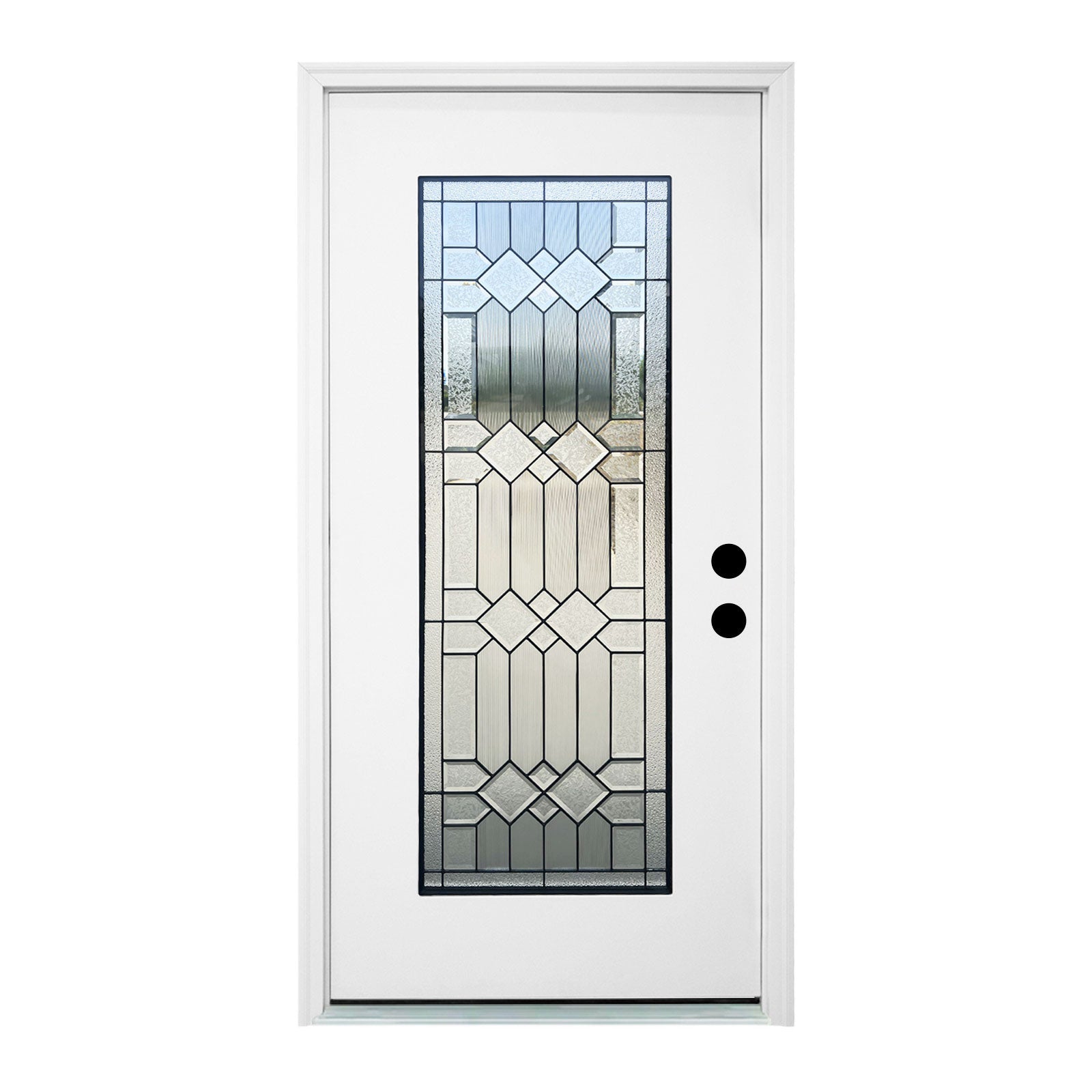Unlocking the Charm: Discover the Allure of Craftsman Style Front Doors
When it comes to home design, the front door serves as a crucial focal point that sets the tone for what lies beyond. Craftsman style front doors have gained popularity for their unique appeal and architectural significance. Characterized by their emphasis on craftsmanship, these doors embody a warm welcome and an invitation to enter a space filled with character and charm. The Craftsman style emerged in the early 20th century as a response to the industrial revolution, embracing the beauty of handmade workmanship and natural materials. With their intricate details and robust construction, Craftsman front doors not only enhance the curb appeal of a home but also reflect a lifestyle choice that values quality and tradition.

Understanding Craftsman Style
The Craftsman architectural style originated in the late 19th century and flourished in the early 20th century, primarily as part of the Arts and Crafts movement. This movement sought to elevate the quality of craftsmanship in response to the mass production of goods. Craftsman homes are distinguished by their low-pitched roofs, overhanging eaves, exposed rafters, and extensive use of wood. The focus is on simplicity and functionality without sacrificing beauty. This architectural style promotes harmony with nature, encouraging the use of local materials and designs that complement the surrounding landscape. As someone who has visited numerous Craftsman homes, I can attest to the warmth and character these designs exude, creating a sense of belonging and comfort.
Design Features of Craftsman Style Front Doors
Craftsman style front doors are notable for their distinctive design elements, which reflect the overall aesthetic of Craftsman architecture. Typically, these doors feature a solid wood construction with wide, flat panels and a rectangular shape, giving them a sturdy appearance. Many Craftsman doors boast intricate details like stained glass inserts, decorative moldings, and handcrafted hardware that add character and elegance. The color palette usually consists of earthy tones, such as deep browns, greens, and muted reds, which blend seamlessly with the natural surroundings. The combination of these elements creates a door that is not only functional but also a striking visual statement that enhances the home’s overall design.
Materials Used
The materials used in Craftsman style front doors play a significant role in their aesthetic appeal and durability. Most commonly, high-quality hardwoods such as oak, mahogany, and fir are utilized, providing a rich texture and warmth. These woods are often left in their natural finish or stained to enhance their grain, allowing the beauty of the material to shine through. Beyond aesthetics, the choice of materials also contributes to the longevity of the door, making it a worthwhile investment. A friend of mine replaced her old, flimsy door with a sturdy Craftsman-style option, and she couldn't believe the difference in both appearance and security. The solid construction and quality materials truly made her home feel more inviting.
Benefits of Choosing Craftsman Style Front Doors
Choosing a Craftsman style front door offers numerous advantages that go beyond mere aesthetics. One of the primary benefits is energy efficiency; these doors are typically well-insulated, helping to maintain a comfortable indoor temperature and reduce energy costs. Additionally, the durability of the materials used ensures that Craftsman doors can withstand the test of time, making them an excellent long-term investment for homeowners. Furthermore, the timeless appeal of Craftsman style doors can significantly boost the overall value of a home. Real estate agents often note that homes with such architectural features tend to sell faster and at higher prices, making them a wise choice for those looking to enhance their property’s marketability.
Enhancing Curb Appeal
Craftsman style front doors are a fantastic way to elevate the curb appeal of any home. Their unique design elements and rich materials create an inviting atmosphere that draws visitors in. A well-chosen Craftsman door can become a stunning focal point, setting the stage for the rest of the home’s exterior. In my neighborhood, several homes have embraced this style, and the transformation is remarkable. One neighbor replaced their standard door with a Craftsman design, complete with decorative glass panels and a rich stain. The home now stands out beautifully, showcasing artistry and elegance that complements the entire street. Such doors not only convey style but also a sense of pride in craftsmanship and design.
Embracing the Timeless Elegance of Craftsman Style Doors
In summary, Craftsman style front doors are more than just an entryway; they are a testament to the beauty of craftsmanship and design. With their rich history, distinctive features, and numerous benefits, these doors offer a perfect blend of aesthetics and practicality. Whether you are building a new home or looking to enhance your current residence, considering a Craftsman style front door could be one of the best decisions you make. They not only increase curb appeal but also add value and warmth to your home, inviting everyone to experience the charm and character they offer. Embrace the allure of Craftsman style doors, and unlock the potential of your home’s entrance.








